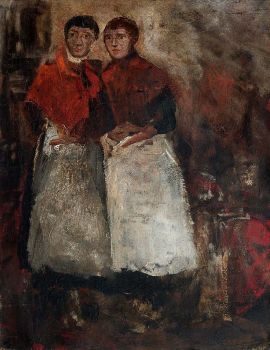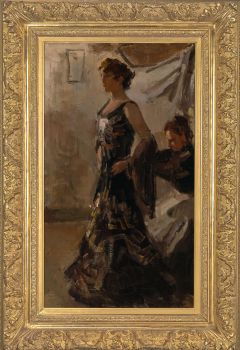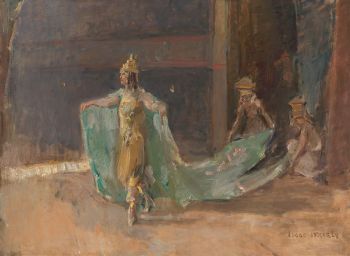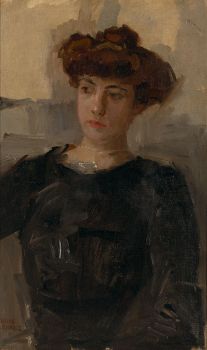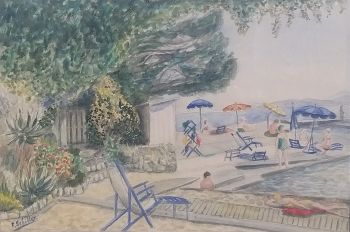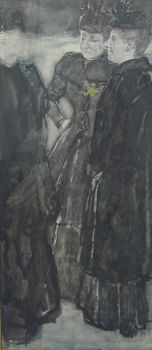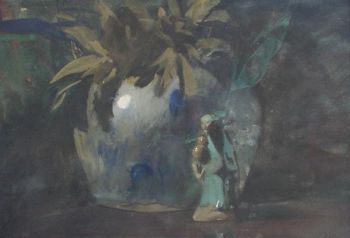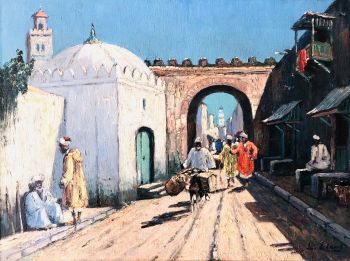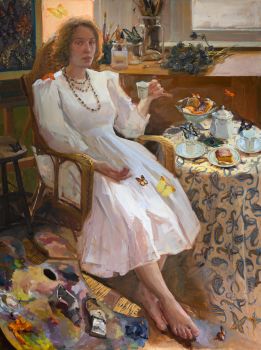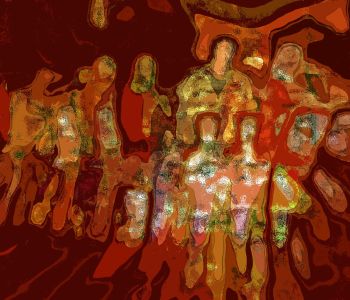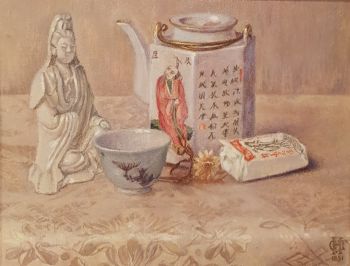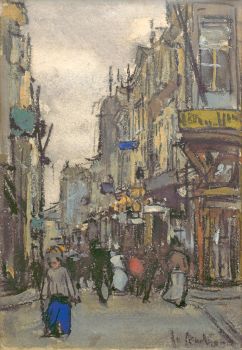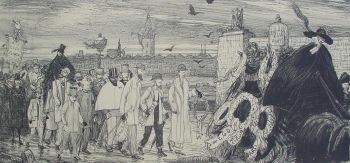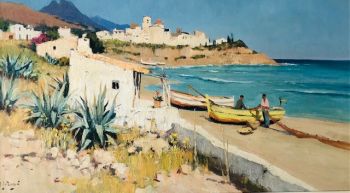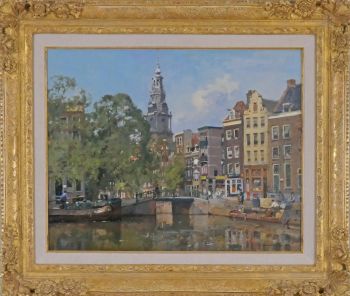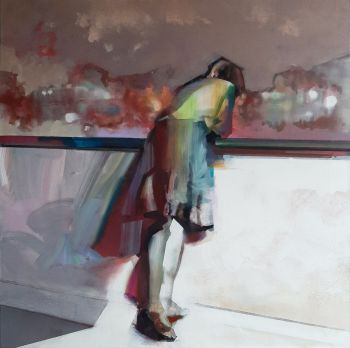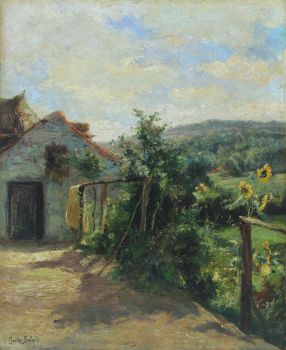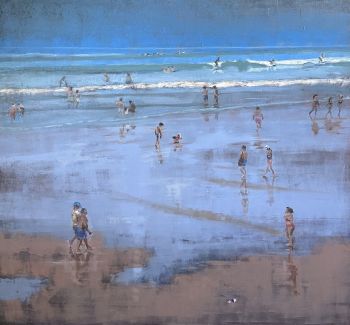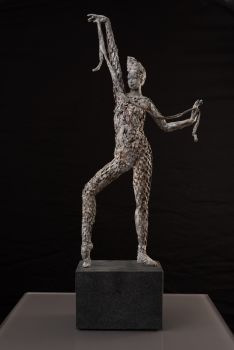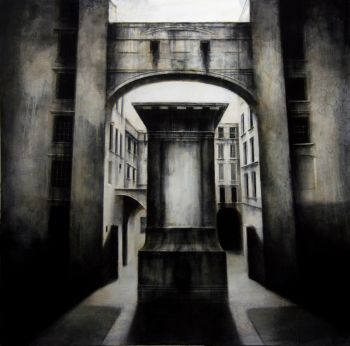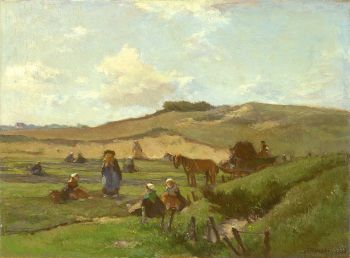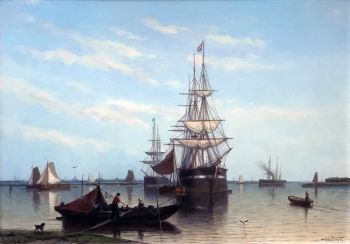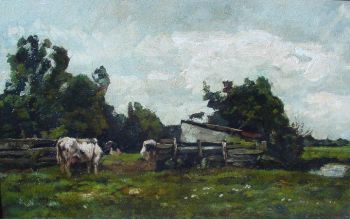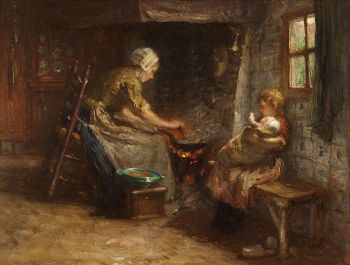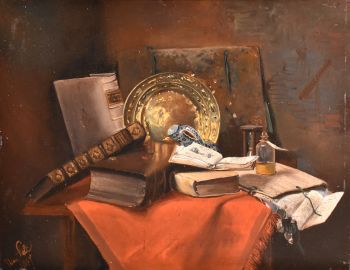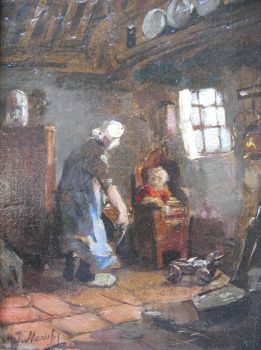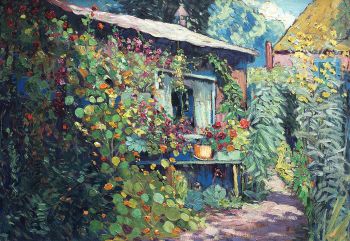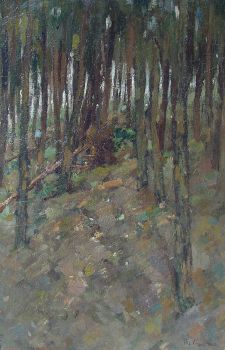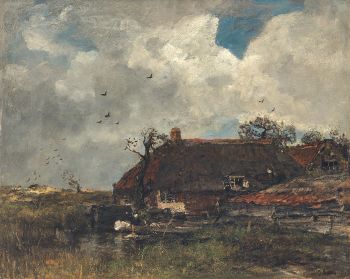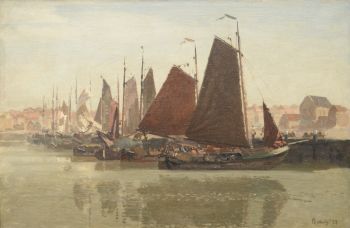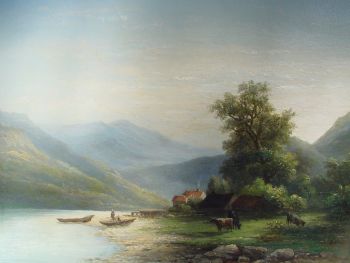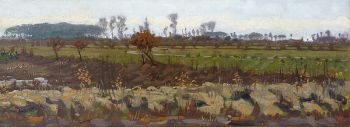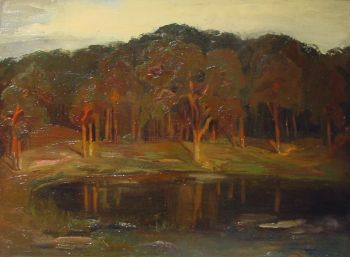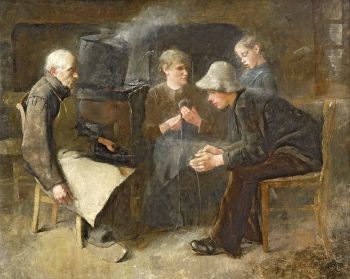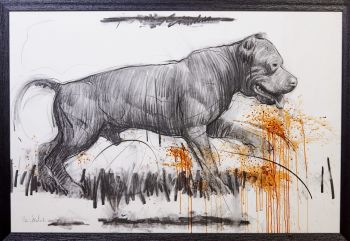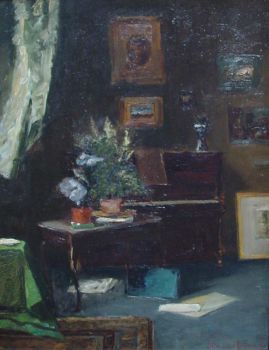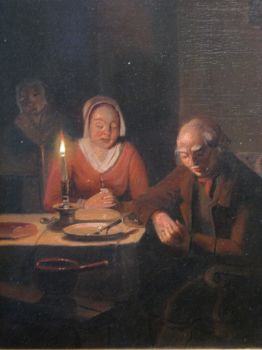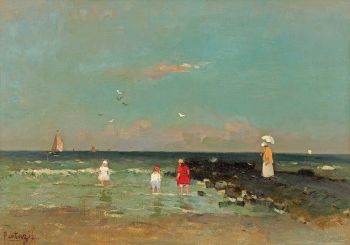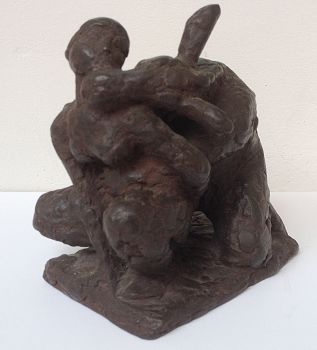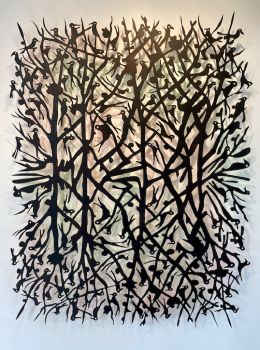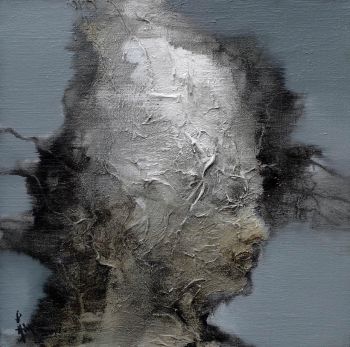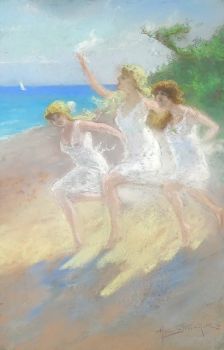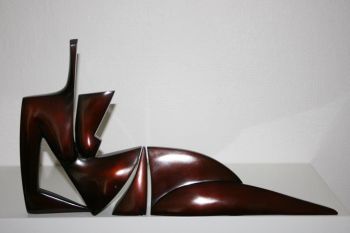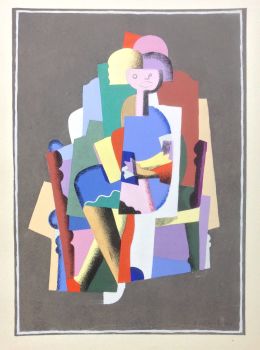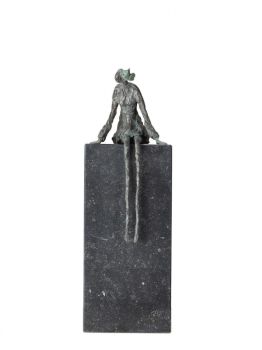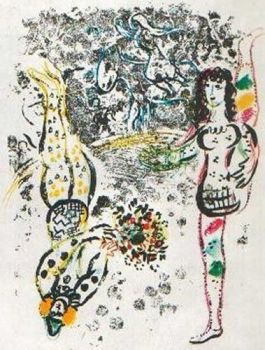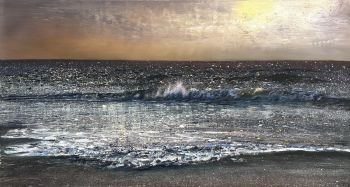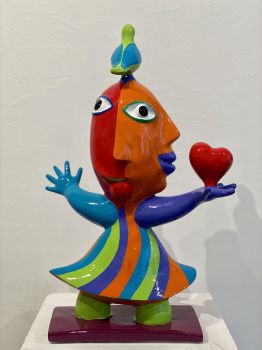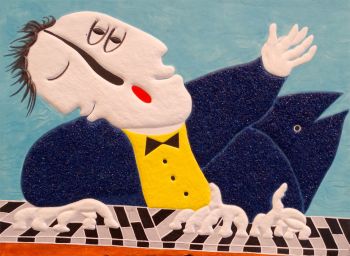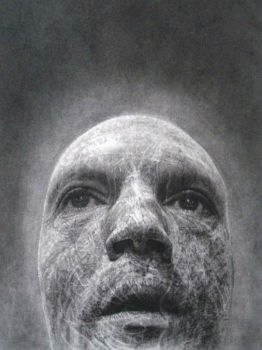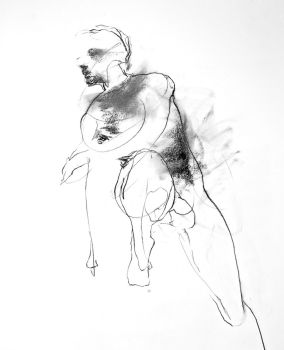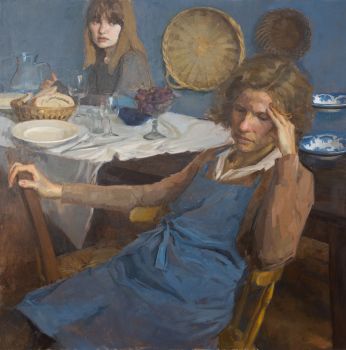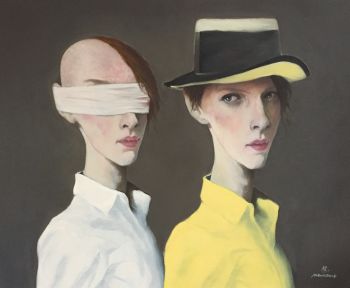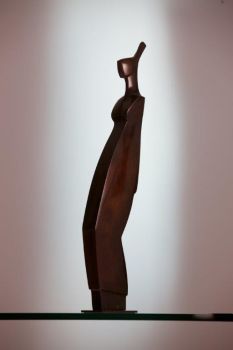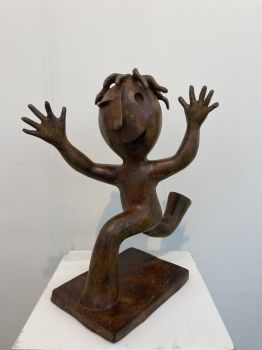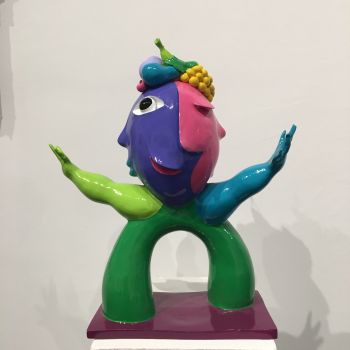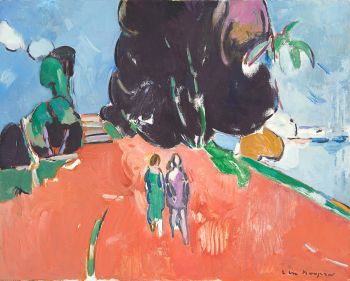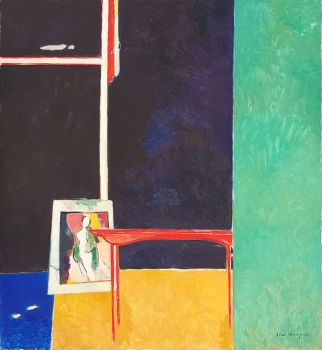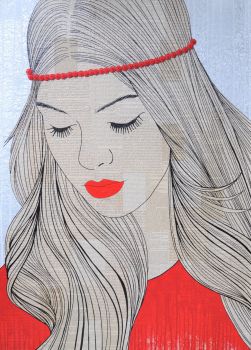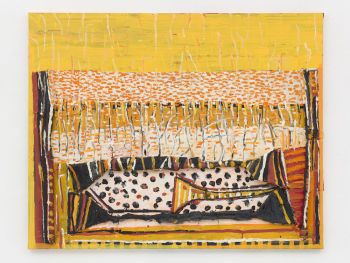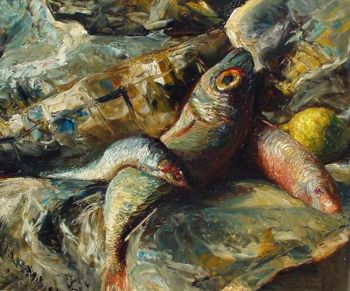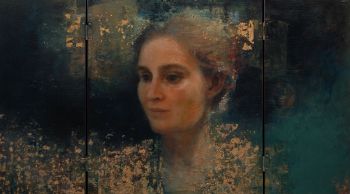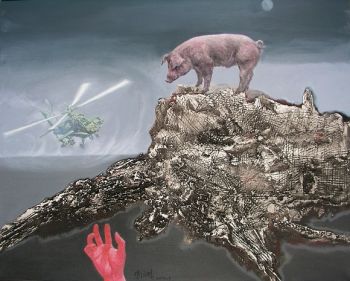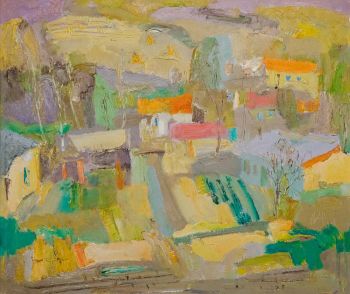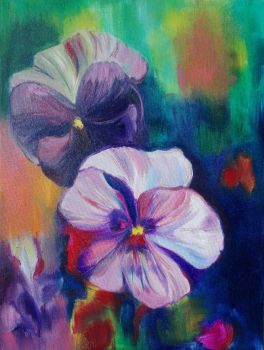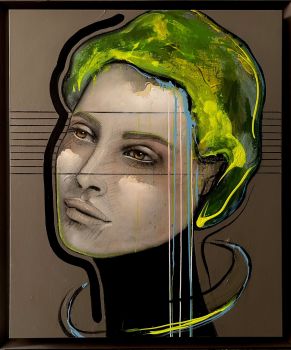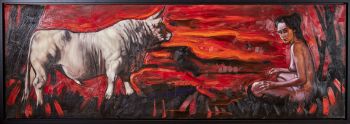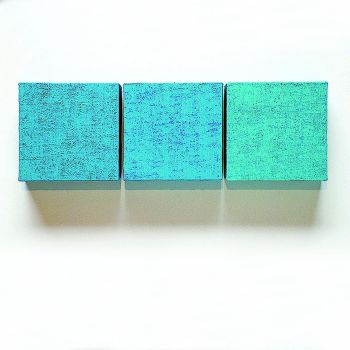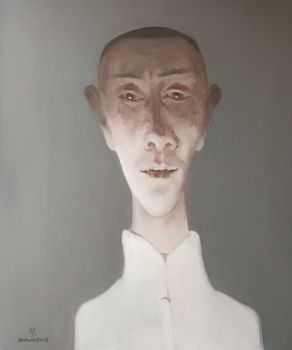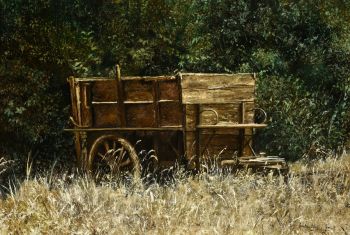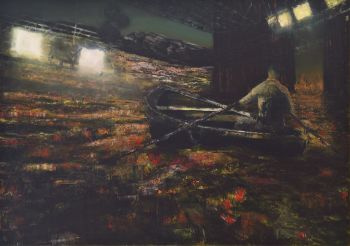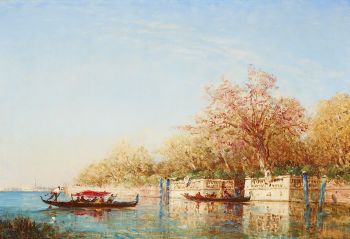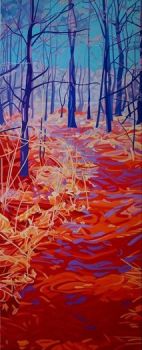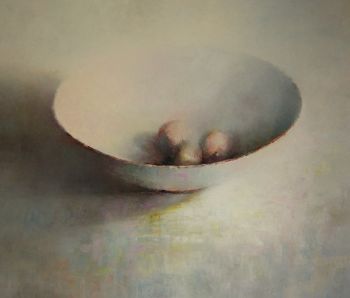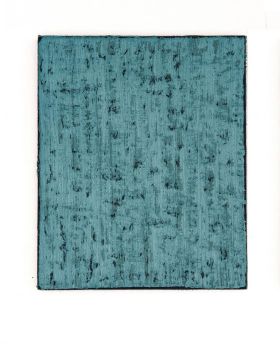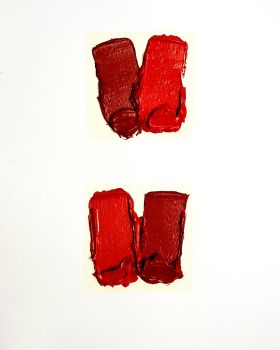Schelpenvissers op het strand bij Katwijk 1905 - 1910
Evert Pieters
Oil paintPanelPaint
16 ⨯ 21 cm
ConditionExcellent
€ 5.800
Private Collection Classic Arts
- About the artworkProvenance
Private Collection Belgium
Private Collection The Netherlands
Original frame - About the artist
Evert Pieters was born into a modest family and was apprenticed to a house painter at a young age. At the age of nineteen he left for Antwerp, hoping to build a better life there as an apprentice decorator.
In Antwerp he took evening drawing lessons at the Royal Academy of Fine Arts and practiced intensively drawing from plaster models. In his spare time he painted from prints and engravings. Later he was given the opportunity to be apprenticed to the Belgian landscape painter Theodoor Verstraete, who would have a great influence on him.
Breakthrough and first successes In 1883 Pieters had his first success with the painting "Rest time of the woodcutters", which he submitted to the Dutch section of the World Exhibition in Antwerp. From that moment on he devoted himself entirely to painting. He continued to work in Belgium for a considerable time and in 1894 he won the second class medal at the second World Exhibition in Antwerp for his painting "Wheatfield in Flanders".
Two years later, this same painting was awarded a gold medal at the Paris Salon, which strengthened his international reputation. He married Marie van de Bossche, with whom he spent some time in Paris and Barbizon. In his early career, he mainly painted still lifes and landscapes in a style related to that of the old Dutch masters, which regularly brought him commissions.
Return to the Netherlands In 1895, Pieters returned to the Netherlands and in 1897 he settled in Blaricum. Initially, he found little recognition in his native country; for example, he was denied membership of the Hague Pulchri Studio. "den Vlaeming" was not considered part of the established Hague art circle. Pieters was known for his bohemian lifestyle and regularly travelled through the Netherlands. Volendam particularly attracted his attention. From this period onwards, he increasingly focused on painting interiors with figures, with which he achieved great success, especially in America.
Change of style and late years Around the turn of the century, Pieters spent some time in Italy to recover from an operation. From that moment on, his palette became lighter and brighter, and flowers began to take a more prominent place in his work. He also made portraits in an impressionistic style. In 1905, he moved to Katwijk aan Zee, where he painted many beach scenes, often with shell fishermen and horses. Shortly afterwards, he settled in Laren, where he would live until his death in 1932. During this period, he again painted mainly interiors, but his work became lighter in tone than during his time in Blaricum.
Legacy Evert Pieters died in 1932, aged 77, during a taxi ride from Baarn to Laren. His work can be found in various museums, including the Royal Museum of Fine Arts in Antwerp, the Frans Hals Museum in Haarlem, the Goois Museum in Hilversum, the Singer Museum in Laren and museums in Barcelona and Toledo.
Are you interested in buying this artwork?
Artwork details
Related artworks
- 1 - 1 / 1
Isaac Israels
"Een essayeuse bij het modehuis Hirsch"1865 - 1934
Price on requestStudio 2000 Art Gallery
Jan Voerman sr
Still Life with flowers in a Chinese figurine1850 - 1900
Price on requestKunsthandel Pygmalion
1 - 4 / 24Johannes Evert Akkeringa
'Nettenboetsters' in the Dunes1861 - 1942
Price on requestStudio 2000 Art Gallery
Bernardus Johannes Blommers
Het bereiden van de maaltijd1870 - 1914
Price on requestStudio 2000 Art Gallery
 Curated by
Curated byDanny Bree
Corstiaan Hendrikus de Swart
Mountain landscape with Lake1838 - 1900
Price on requestKunsthandel Pygmalion
Gijsbertus Jan Sijthoff
Interior scene with a woman doing needlework1890 - 1920
Price on requestVan der Aalst Fine Art
Carel Nicolaas Storm van 's Gravesande
My studio in Bruxelles1841 - 1924
Price on requestKunsthandel Pygmalion
1 - 4 / 24- 1 - 4 / 24
Johannes Evert Akkeringa
'Nettenboetsters' in the Dunes1861 - 1942
Price on requestStudio 2000 Art Gallery
1 - 4 / 24Willem Maris
Polderlandschap met koeien en molens op warme zomerdag1880 - 1890
Price on requestPrivate Collection Classic Arts
1 - 1 / 1








